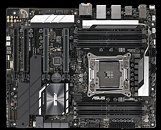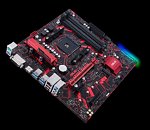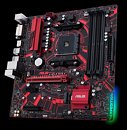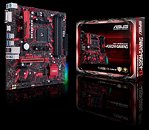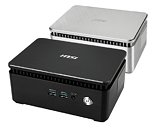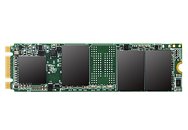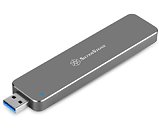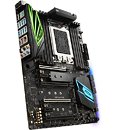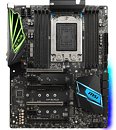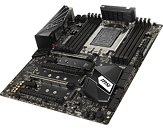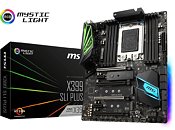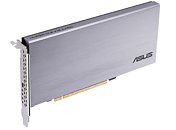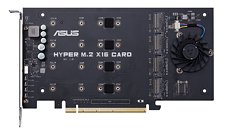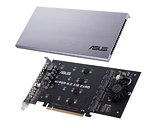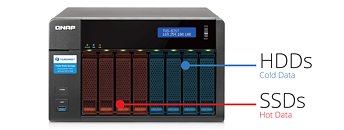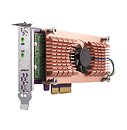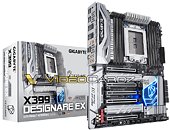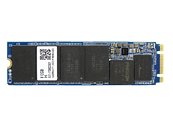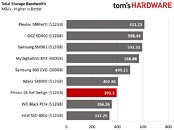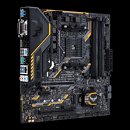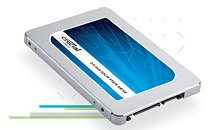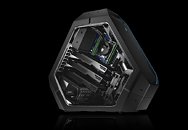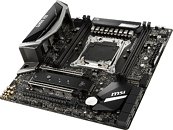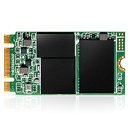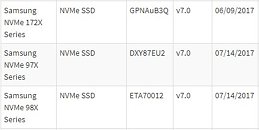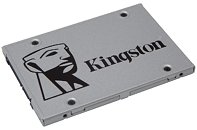
ASUS Intros WS X299 Pro Socket LGA2066 Motherboard
ASUS today rolled out the WS X299 Pro, a feature-rich socket LGA2066 motherboard designed for machines built in the gray-area between high-end desktops (HEDTs) and "real" workstations (based on the Xeon/EPYC platforms). The board is still based on the Intel X299 Express chipset, and will only support Intel Core X "Skylake-X" processors. It features the company's highest-grade electrical components. Built in the ATX form-factor, the board draws power from a combination of 24-pin ATX, a 6-pin PCIe power, and two 8-pin EPS connectors. It conditions power for the CPU using a 9-phase high-current VRM, which puts out heat on not just a primary heatsink making direct contact with the MOSFETs, but also a secondary heatsink over a heat-pipe. This heatsink occupies an area not just behind the rear I/O area, but also extends downwards, to just behind the expansion slots (while not intruding).
The LGA2066 socket is wired to eight reinforced DDR4 DIMM slots, supporting up to 128 GB of quad-channel memory, and four PCI-Express 3.0 x16 slots (x16/x16/NC/x4 or x16/x8/x8/x4 on 44-lane CPUs), and a fifth open-ended x4 slot. Storage connectivity includes two 32 Gbps M.2 slots (both of which feature heatsinks), a 32 Gbps U.2 port, and six SATA 6 Gbps ports. USB connectivity includes four 10 Gbps USB 3.1 ports, and six 5 Gbps USB 3.0 ports. Networking is care of two 1 GbE interfaces, driven by Intel i210-AT controllers. The onboard audio is based around a Realtek ALC1220A CODEC, fronted by a headphones amp, and backed by audio-grade capacitors, and ground-layer isolation. The company didn't reveal pricing or availability.
The LGA2066 socket is wired to eight reinforced DDR4 DIMM slots, supporting up to 128 GB of quad-channel memory, and four PCI-Express 3.0 x16 slots (x16/x16/NC/x4 or x16/x8/x8/x4 on 44-lane CPUs), and a fifth open-ended x4 slot. Storage connectivity includes two 32 Gbps M.2 slots (both of which feature heatsinks), a 32 Gbps U.2 port, and six SATA 6 Gbps ports. USB connectivity includes four 10 Gbps USB 3.1 ports, and six 5 Gbps USB 3.0 ports. Networking is care of two 1 GbE interfaces, driven by Intel i210-AT controllers. The onboard audio is based around a Realtek ALC1220A CODEC, fronted by a headphones amp, and backed by audio-grade capacitors, and ground-layer isolation. The company didn't reveal pricing or availability.
